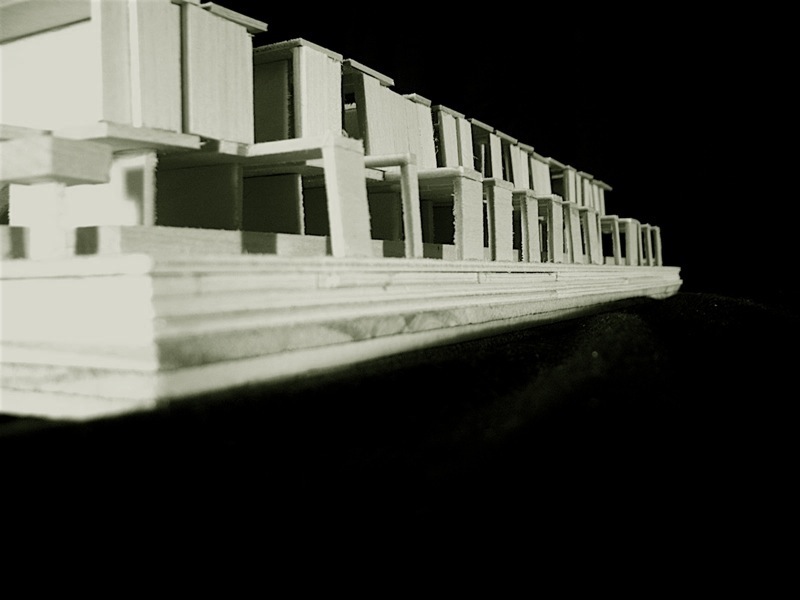So I’ve been reading a bunch of management and business books lately at the urging of my boss. Specifically they’ve been Good to Great by Jim Collins, Mindset by Carol Dweck and Results by Gary Nielson. All of these have a similar idea in them:
Don’t be afraid to look in the mirror and see what is wrong with your company/person. Once you identify what your non-successes are, then you can decide to either focus on them, or let it go. It is only through continued analysis and correction will you be able to excel and succeed.
Taking this to heart I’ve been analyzing the failures of all the firms I’ve worked for and I feel that they are all the same. The symptoms are different; but in the end, it comes down to employment policies.
The common symptoms are a problem with diligence in regards to projects. Important things like making sure opening measurements are to standard masonry sizes and skew angles are whole numbers seem to get lost between design and construction drawings. This problem is like an onion, the ultimate cause is only revealed by peeling away symptom by symptom until we find the core issue at hand. The top layer cause for this is lack of team continuity. Project teams ideally should consist of one or two core people who may ride out the whole project from schematic design through construction with team members occasionally being brought on mid project to help in a pinch. From my experience this is not how it usually ends up. Instead the teams shuffle from project to project; this can be due to delays and mismanagement of man hours and deadlines, or it can be due to staff turnover. This latter option seems to me to be the most common.
Staff turnover in itself is not the root problem, it is just another symptom. Staff may leave for many reasons: personality conflicts, personal/familial/domestic issues, professional growth, or management conflicts. In the first few years of architecture internship it is not uncommon to be a professional migrant intern, jumping from job to job year by year to accrue the greatest possible raises. As I discussed in my previous post, raises for new interns are usually cost of living adjustments (COLA) – between 3 and 5% whereas changing jobs can sometimes yield a 30% raise. This makes long term commitments to any employer a financial mistake. This I fear, is the root cause of mediocrity amongst architecture firms. Yet, if employers gave out yearly raises and took into account the analysis of sites like salary.com and gave raises such that interns stayed relatively close to the bell curve of pay this would entice many interns to stay in one place. In some cases it is less than the COLA raises that are afforded to the upper management.
While this is costly for the employer, it is a cost that will soon be realized in quality of work and lack of non-productive hours. With every employee that leaves a new one must be hired and trained, the cost of non-productive time alone is worth the money. In addition, continuity of employees will contribute to continuity of project teams. If you consider that a project can take as little as 2 years or as many as 10 to go from pre-design to construction the amount of turnover on a 5 year project assuming that an intern changes jobs every two years is drastically limiting. By the time the project is in the ground, none of the staff working on it will have ever worked on the design development drawings let alone schematic design.
I want to believe that most firms have not analyzed the information like this, and that is why they operate like they do. Yet, i fear that that is a fallacy. It is my belief that most firms think that it is in their best interest to keep operating budget low and continually keep a cycle of less experienced staff. This way the perceived bottom line is lower, and the ratio of Architects to interns can be maintained without having to lay people off (which in of itself is expensive).

